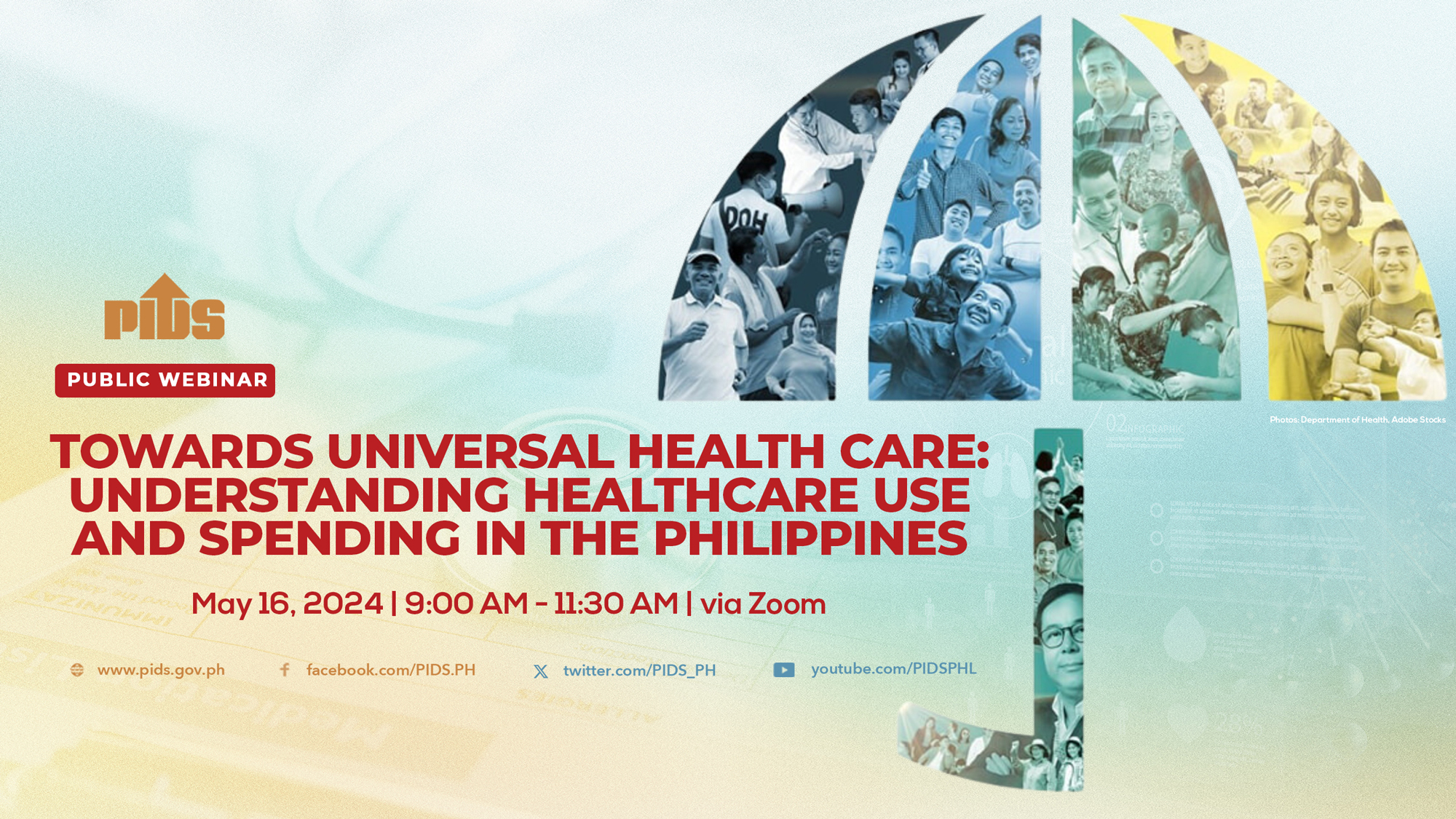IT WAS recently reported that certain hospitals in Capiz and Antique needed more healthcare workers because of the rising cases of COVID-19. To address the dearth, the movement or transfer of healthcare workers from other well-staffed hospitals to these hobbled hospitals was suggested.
The scenario is similar in hospitals in other regions. The cause is the highly uneven distribution of healthcare workers, according to a study by state think tank Philippine Institute for Development Studies. Healthcare professionals are more likely to work in areas where earnings are potentially high and near communities where they were trained.
In 2015, the composite density of physicians, nurses and midwives reached 40.8 per 10,000 population. This was above the thresholds recommended by the World Health Organization (WHO) in 2006 and the International Labour Organization (ILO) in 2011. WHO proposed a density of 23 skilled healthcare workers, comprising of physicians, nurses and midwives, per 10,000 population while ILO suggested a density of 34 physicians, nurses and midwives per 10,000 population. Subsequently, WHO updated its threshold to 45 skilled healthcare workers per 10,000 population in 2016 while ILO updated it to 41 per 10,000 population in 2014.
While these international metrics suggest there is sufficient healthcare workers in the Philippines, this is not the case based on the country’s disaggregated data on health human resource (HHR) density. Less than 25 percent of cities and municipalities have HHR density above the 41 physicians, nurses and midwives per 10,000 population recommended by the WHO [in 2016], according to the study. This leaves as much as three-quarters of cities and municipalities with potentially insufficient number of HHRs to provide healthcare services.
The study found that these cadres of healthcare professionals are more likely to work in cities and municipalities that have greater access to amenities like hospitals and clinics. The continuing maldistribution of healthcare workers can aggravate the country’s problem on limited access to healthcare services.
How do we attract and retain healthcare workers especially in underserved areas?
Perhaps one is ensure the economic viability of professional healthcare workers (read: higher remuneration). The role of the private sector should also be strengthened in providing healthcare services to the people through the country’s social health insurance system. Here’s a revolutionary one – use technology as an alternative mode of service delivery, particularly in conducting remote medical consultations and diagnosis, and in record management.
The bottom line here is to ensure that our people have access to better healthcare.












